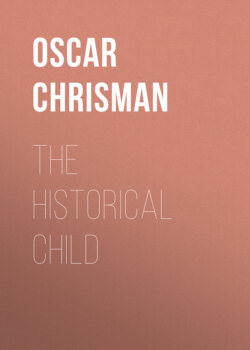Читать книгу The Historical Child - Oscar Chrisman - Страница 12
На сайте Литреса книга снята с продажи.
Lore.
ОглавлениеTable of Contents
"Various portents were drawn from the animal world; the cries of beasts of prey at night were supposed to forebode disaster to those who heard them, and the voices of certain birds were believed equally unlucky. The owl, so closely associated with Mictlantecutli, was especially regarded as the harbinger of ill-fortune and death, and if one of these birds perched upon the house of a sick man his demise was considered certain. It was held unlucky to encounter a skunk or a weasel, and the entry into the house of a rabbit or a troop of ants foreboded bad luck. If a certain kind of spider was found in the house, the owner traced a cross upon the ground, at the center of which he placed the insect. If it went towards the north, the direction of the underworld, it was regarded as a sign of death for the observer, any other direction foretelling misfortune of minor importance.
"Besides these superstitions there were a whole host of popular beliefs, of which only a few can be given here. Many of these were connected with food; it was customary to blow upon maize before putting it in the cooking-pot, to 'give it courage,' and it was believed that if a person neglected to pick up maize-grains lying on the ground they called out to heaven to punish the omission. If two brothers were drinking, and the younger drank first, it was thought that the elder would cease to grow; and it was also believed that the growth of a child was stopped by stepping over it when seated or lying down, but that the effect could be averted by stepping back again. Young girls were not allowed to eat standing, for it was believed they would fail to get husbands, and children were prevented from licking the grindstone for fear they would lose their teeth. When a child lost one of its first teeth, the father or mother placed the tooth in a mouse-hole, a proceeding which was supposed to ensure the growth of the second tooth; and all nail-parings were thrown into the water in the hope that the auitzotl, a mythical water-animal which was believed to eat them, would make the nails grow. Sneezing was thought to be a sign that evil was being spoken of the sneezer, and there was a peculiar belief that the perfume of the flowers which were carried at banquets and in ceremonial dances might only be inhaled from the edges of the bouquet, since the center belonged to the god Tezcatlipoca."9
